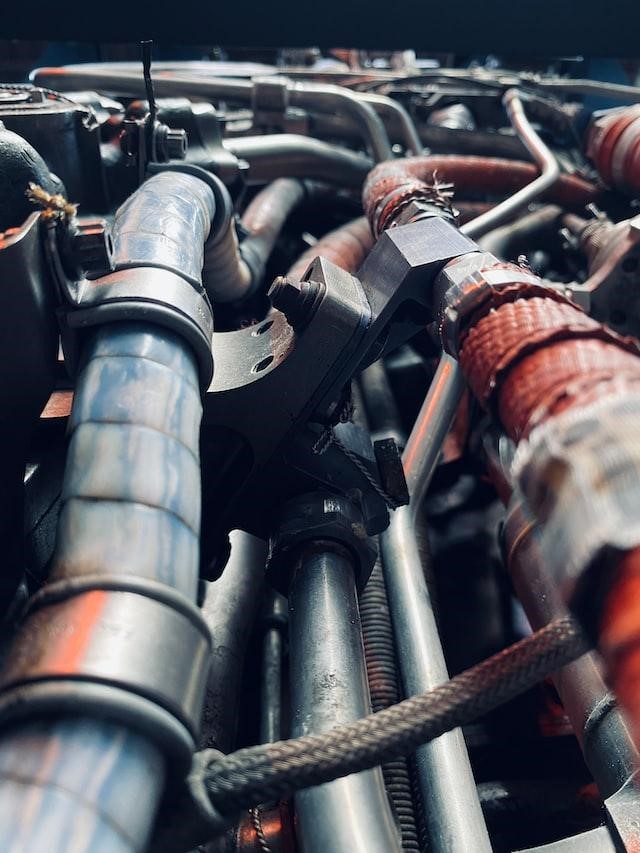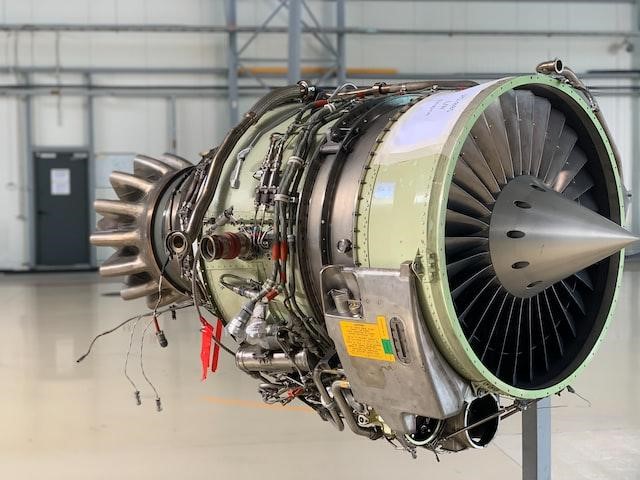Compressed air can be produced by varied equipment, one of which is a screw compressor that uses a process referenced as positive displacement. That merely means that the compressor creates pressure inside the unit, with the resultant air pushing through the outlet valve for use when operating other equipment and tools.
These units are also referred to as “rotary compressors; check examples at https://www.aerzen.com/screw-compressors.html and learn further details. The rotating screw functionality produces differences in pressure in the varied threads allowing the compressed air to flow steadily.
Are there advantages to using a “screw” air compressor or rotating compressor functioning in this capacity? Let’s review the equipment a bit more in-depth.
What Are The Advantages Of A Screw Or Rotary Compressor
The suggestion is that a screw compressor has numerous benefits compared to other designs of compressors. When you consider the piston or reciprocation options, these use motions that move up and down to produce pressure.
But when the piston pushes downward, the energy expelled does not contribute to the compressed air flow.
With the screw or rotary compressor and its rotating shaft, compressed air is produced regardless of what movement is occurring, a much more efficient process for creating pressure, and it’s suggested that it’s at a budget-friendly price point. Check out reliable websites for details on the screw compressor, and then take note of some further benefits you can anticipate with this piece of equipment:
● Pay attention to the decibel level for your ears
For many pieces of equipment with commercial work or contracting, it’s essential to ensure that you wear adequate hearing protection to avoid the possibility of adverse effects on your hearing from the noise level that most systems produce.
With a screw or rotary compressor, that isn’t as much of an issue. The indication is that the machine can remain quieter because these function with the rotation shaft creating a smooth, seamless movement. Some brands use technology that can further reduce the sound with the decibel falling below 70.
● Pulsation is not a factor with the specific equipment
With some compressed systems like pivot compression, there is pulsation when the air is compressed. This can affect the overall performance of the equipment with the potential for impacting the output and, thereby, whatever its powering.
A screw compressor’s rotating movement is steady with consistent airflow and no pulsation creating a smooth power source.
In that same vein, there’s minimal vibration because the screw works in a rotational manner. It’s the optimum option when the environment is exceptionally sensitive since vibrations could cause interference with the machinery.
● Consistent, steady output
Some compressors work better when operated on an intermittent basis, but the screw compressor is more suited when there’s a need for a continuous flow of pressure.
There are pros and cons in either situation. But if there’s a need for a piece of equipment that can be used intermittently, the screw compressor wouldn’t be efficient.
When you start and stop this compressor on a consistent basis, there’s the potential for causing problems for the machine. It should be used as it’s intended to prevent creating defects or damages to a system that otherwise doesn’t see many. Visit here for guidance on how the equipment works.

● The wear and tear with this equipment is minimal
With piston compressors, the system has much more wear and tear. Screw compressors, with their steady, consistent motion, result in little abuse leaving a minimal opportunity for wear and tear. That means the industry or the company putting this equipment to use has little overhead in repairs, with even fewer instances of having to put in new equipment as replacement pieces.
This is a positive given the fact that screw or rotary compressors tend to have a higher price point than many other options. When you make an initial investment, however, the return on the investment will come with the details on repairs and replacement being as it is.
It can also be a problem because the tool is a precision piece making the maintenance complex. When there is a need for a repair, reassembly, and realignment of the shaft are usually necessary. It makes it essential that someone with a unique skill set handle the work.
Final Thought
The screw compressor has a range of uses, with a primary purpose being in industrial applications like metal environments, paint workshops, the mining industry, refrigeration, and much more.
Various brands offer an array of screw compressors with the benefit of being exceptionally powerful, low maintenance, and high in efficiency. Is the screw compressor the right piece of equipment for your commercial use? Weigh the options and consider the suggestions on what you should avoid with the equipment to make the most informed decision.

